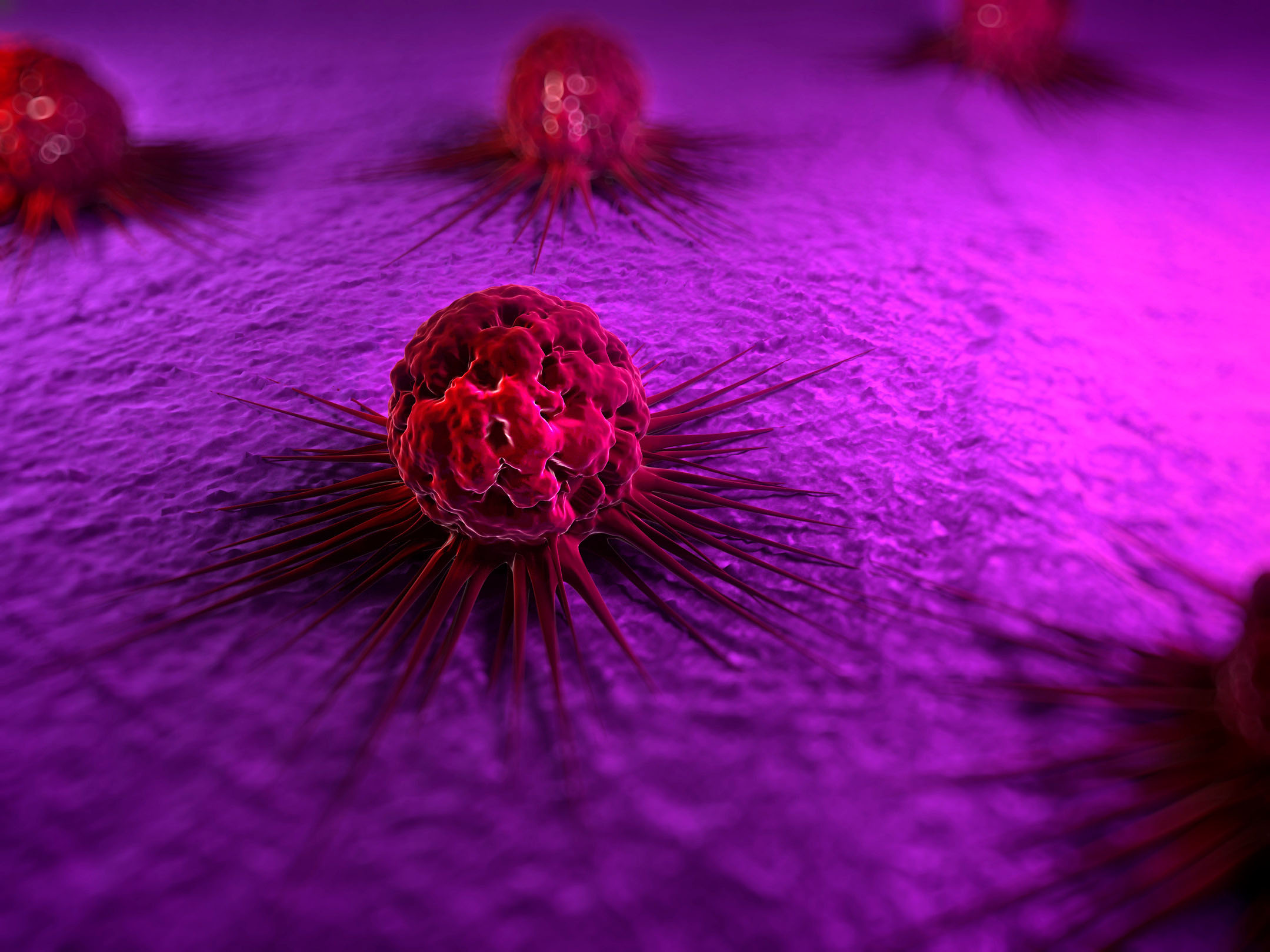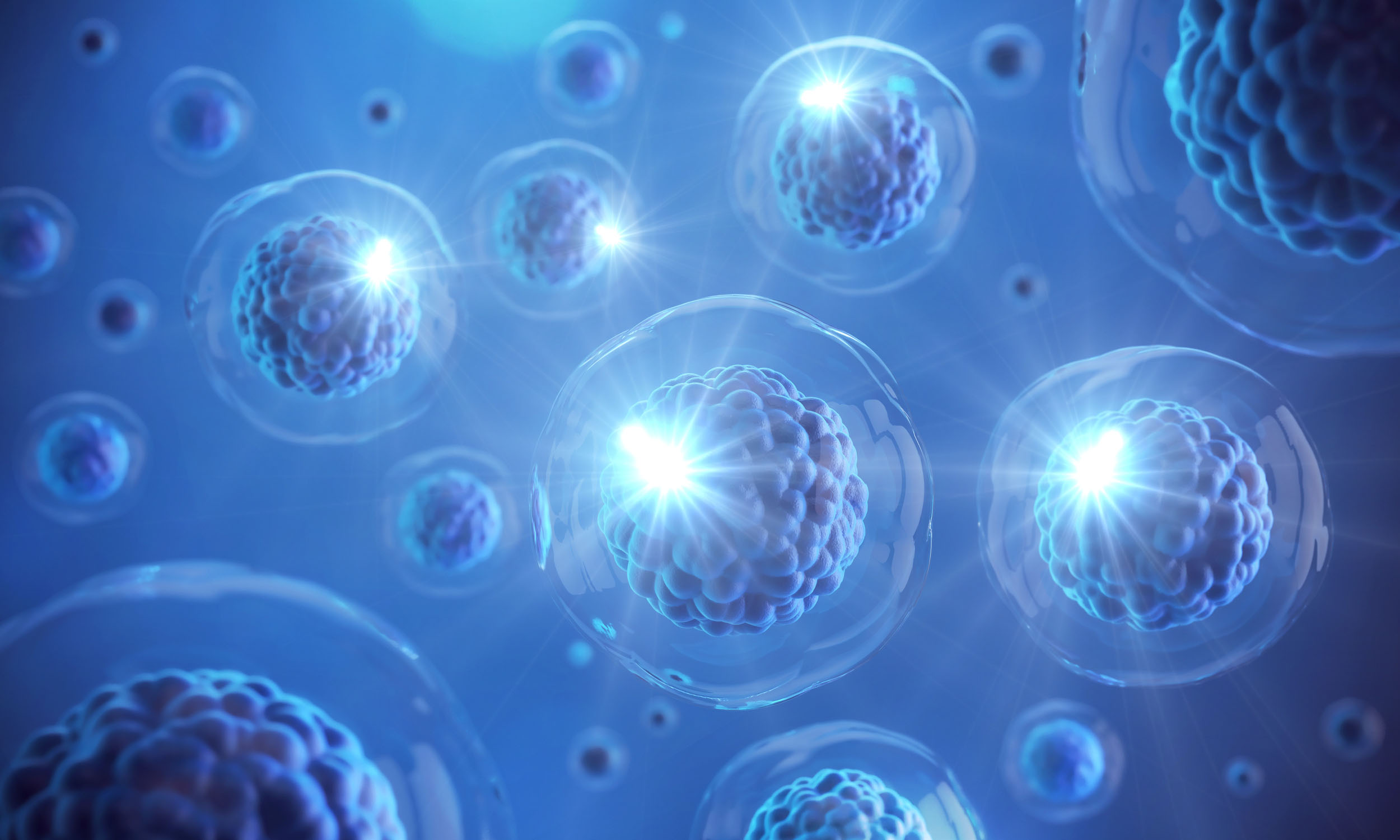MESENCHYMAL STEM CELLS: A possible treatment of end-stage liver diseases
The liver is one of the largest organs in the human body that body’s digestive system, processing nutrients from food and has many important functions. Apart from its key role in the ridding the body of toxic substances, the liver is also found to be performing other distinct roles including the creation and production of important and hormone-related substances.
However, an organ as complex as the liver can be susceptible to a range of problems if not taken care of. Some liver diseases are genetic, while other problems are caused by a variety of factors, particularly, lifestyle side effects of medication, or excessive alcohol consumption can lead as viral hepatitis, bacterial infections, parasitosis, metabolic disorders, choices and dietary measures. Conditions that damage liver cells such background of chronic inflammatory processes. Cirrhotic and fibrotic to the development of pathological conditions of this organ with the systemic inflammatory response that could lead to acute chronic liver resistance to adverse factors. The result of which is an excessive changes, in particular, disrupt the functioning of the liver and its liver diseases, the only effective approach is organ transplantation. failure (ACLF) or hepatocellular carcinoma (HCC). For these end-stage the rarity of appropriate donor organs, surgical complications, Unfortunately, transplantation is limited due to many reasons such as immunological side effects (graft versus host syndrome), and of course its high medical cost.
That said, there has been a dramatic increase of research and clinical application of stem cells in the past decades, providing novel insights into the treatment of end-stage liver diseases and various types of chronic diseases. Medical trials showed the positive effect of mesenchymal stem cell (MSC) therapy for cirrhosis, fibrosis, ACLF, post- hepatectomy liver failure (PHLF), and post-transplant complications. To be specific, therapy with MSC (the same type of cells as Kintaro Cells), seem to have dramatically improved the liver function, model for end- stage liver disease (MELD) scores, and Child–Pugh classification of patients.
So how does MSC therapy work?
MSC have been the most promising cells because of its many advantages. These cells can migrate towards injured sites and modulate tissue immune responses through direct cell-to-cell interaction or paracrine secretion.
Classical MSCs have immunosuppressive and anti-inflammatory effects through the regulation of serum levels of inflammatory cytokines and balance of immune cells (Treg/Th17 ratio).
MSCs could also change the polarity of macrophages toward an M2 anti- inflammatory phenotype, which involves the secretion of various anti- inflammatory factors. In addition these capabilities, potential mechanisms of action of MSCs in liver diseases include :
- MSCs suppress activity of hepatic stellate cells (HSCs), which are the main contributors to liver fibrosis after its transdifferentiation into proliferative myofibroblastic/activated HSCs.
- MSCs have the ability to differentiate into hepatocyte-like cells with liver-specific morphology and function with the help of specific growth factors.
- MSC treatment could restore the mitochondrial function, promote the β-oxidation of fatty acid (FA), and reduce the lipid accumulation of hepatocytes; therefore, rescuing liver function after partial liver hepatectomy.
- MSC treatment enhances the response on immunosuppressant drugs after liver transplantation and could serve as a potential supplementary therapeutic tool in improving the patient's condition.
Conclusively, these beneficial effects of MSCs play vital therapeutic roles in the regeneration and improvement of liver function. MSCs are likely to be effective in the treatment of inflammation-related liver diseases and liver transplant rejection complications.
For patients with liver cancer, approximately 90% of all cases consist of hepatocellular carcinoma. HCC is the common type of liver malignancy in patients with chronic liver disease caused by hepatitis B virus, hepatitis C virus, and bacterial infections. It seems that HCC is the next stage after cirrhosis and fibrosis in the development of liver disease accompanied by chronic inflammatory processes. Because of the poor treatment efficacy, invasive activity, and metastasis of HCC, the 5-year survival rate for such patients remains low. That's why, new methods of cell therapy are constantly being developed.
In particular, MSC therapy is becoming an emerging therapeutic option for patients with liver cancer. It is known that MSCs have a tropism to the foci of inflammation, and so to cancerous tumors located in these foci. It was recently discovered that MSC could suppress both proliferation and apoptosis of tumor cells simultaneously. There are two opposite effects of the influence of MSCs on cancerous tumors, contingent on the signals of the environment in which these cells were grown and into which they entered. It was found that MSCs, depending on the growth conditions, can exhibit two phenotypes: MSC1 (pro- inflammatory) and MSC2 (classical immunosuppressive, anti- inflammatory).
Depending on the phenotype manifested, the spectrum of the released factors changes and, therefore, the paracrine mechanisms of influence on the tumor change as well. Currently, these mechanisms are the subject of close study for the development of new methods of target therapy, but most of which have not been established yet.

The pro-tumorigenic effect is apparently demonstrated by cells with the classic immunosuppressive phenotype MSC2. Tumor growth is stimulated by the release of growth factors in angiogenesis, and the immune escape through the immunosuppressive activity on the NK cells, increasing the level of Treg and TGF-beta. It is also possible for the MSCs to increase the invasiveness and metastasis ability of tumor cell by facilitating the epithelial–mesenchymal transition (EMT). In contrast to their tumor promoting abilities, several studies show that MSCs can also suppress tumor growth. The anticancer effect may be as a result of the secretion of some factors that inhibit Wnt (pro-oncogene proteins) signaling pathway or induce down-regulation of β-catenin, affecting telomerase activity in the cell, or; the secretion inhibitory factors containing exosomes against the proliferation tumor cell or cell cycle arrest. Currently, the use of MSCs in HCC therapy can lead to both an increase in the size and number of tumor foci, and to its reduction. But when the administration of MSCs is combined with other methods of therapy such as treatment with sorafenib or radiotherapy, it is most likely to have a suppressive effect on the tumor.
In spite of these questions on whether MSCs suppress or promote tumor development, MSCs remain interesting for cancer therapy due to its homing ability to tumor microenvironment, and its ability to serve as an oncolytic viruses carrier. Searching for appropriate specific gene modifications of MSC, or various combined therapy in order to boost anticancer properties while eliminating tumor-favoring paracrine activities of MSC could be a very promising way to fight liver cancer. Then again, the usage of MSC therapy for cancer patients should be specially discussed for each particular case. There are cases wherein a patient's intake of certain medications such as Dexamethasone can influence the activity of MSCs. These types of medications have a negative influence on the regenerative capacity of MSCs; therefore, should be avoided during cell therapy.
Moreover, while MSC treatment offers a promising alternative approach, there is still no consensus on the best way of administrating MSCs and its appropriate dosage despite the several clinical trials performed. Meta- analysis suggests that intraportal injection of MSCs has the best effect. But if such administration is not possible due to the patient's condition, the next good option is the classical intravenous injection of cells. The average number of cells that can be injected into the body is determined by the patient's weight, which varies from 0.5 to 3 mln/kg. In relation to this, it is very likely to have a cumulative positive effect from the multiple injections of MSCs, considering that the interval between doses should be more than one month. The therapeutic effect from one injection of cells does not last more than one or two years; therefore, patients with chronic diseases should regularly administer MSCs as a liver maintenance therapy.

Now that MSCs are found to play a therapeutic role in liver diseases, several ongoing clinical trials aim to explore the possible approaches that can improve their therapeutic effect. A recent research in stem cells science outlines new strategies to increase the effectiveness of MSC for liver regeneration. In particular, priming cells with special molecules improves their survival in the body and stimulates regenerative and anti- inflammatory processes. To prime MSCs, scientists add special agents (eg. zeaxanthin dipalmitate, melatonin, pro-inflammatory mediators, and pharmacological drugs) to the culture medium where the MSCs are grown. In the process of collecting and washing cells, these substances are also washed off and do not enter the patient's body. Therefore, priming of MSCs is completely safe for the patient while increasing the therapeutic potential of the cells.
Overall, MSCs infusion could improve liver function in cirrhosis and fibrosis patients. Stem cell therapy could prolong the waiting time for liver transplantation in patients with end-stage liver disease. Repeated stem cell therapy may be an effective approach to achieve long-term therapeutic effects. Thus, the MSCs, like Kintaro cells, can be recommended as a therapy to maintain a satisfactory liver condition in cirrhosis and liver fibrosis. Since MSCs have anti-inflammatory and regenerative effects on the liver, supportive therapy with MSCs will help remove persistent inflammatory processes, thereby reducing the risk of developing ACLP and hepatocarcinoma during chronic liver damage. Likewise, MSCs inhibit the proliferation and cytotoxic action of immune cells; therefore, the cells can be also applied in the reduction of graft versus host syndrome after liver transplantation.
